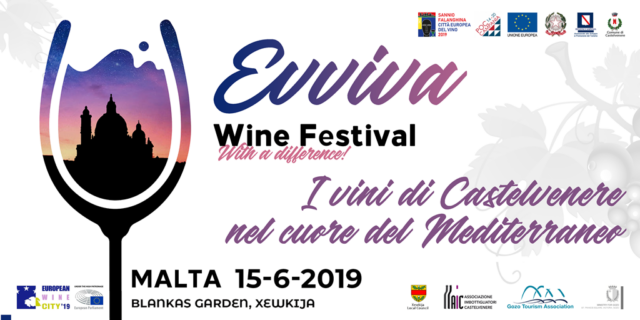Wine of Ukraine: the ‘new’ land of wine
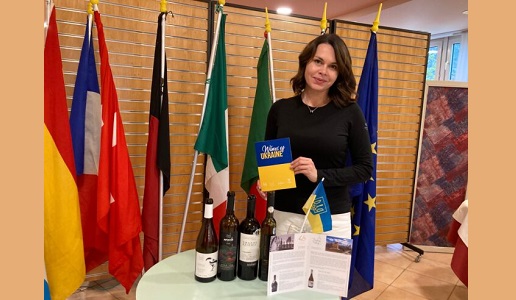
At the Mondial des Vins Extrêmes, sommelier Victoria Agromakova, from Kiev, presented a selection of Ukrainian wines.
I think it is superfluous to talk about the current situation in Ukraine: it makes one very sad and besides this is not the space for such topics. However, I would like to mention that winemakers with great effort continue to carry on their work. Thanks to Cervim, World Competition of Extreme Wines, which nominates wines produced under extreme conditions around the world, I participated in the first tasting of Ukrainian wines, led by Ukrainian sommelier Victoria Agromakova.
Meanwhile, it must be said that the winemaking roots of this land go back some 2,000 years, not a small thing. Then history took its course, and it is just to mention a few recent events that harmed viticulture and wine production that we call in the arrival of Gorbachev in government and his anti-alcohol campaign from 1985 to 1988, which caused so many vineyards to be abandoned and in some cases replaced with cereal crops. This was followed by the Russian invasion of Crimea in 2014, which halted what little wine production had been saved in the previous years, almost purely devoted to sweet wines, but more importantly deprived Ukraine of its important wine region.
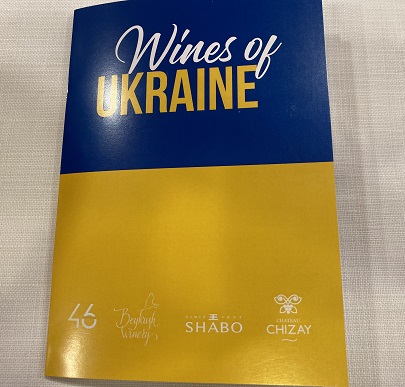
Before Gorbachev, the total hectares of vineyards were more or less 250,000, while at present they barely touch 41,500 hectares, spread over the areas of Odessa and Bessaraba, Kherson, Nikolayev, Zaporizhia, Crimea and Transcarpathia (names we have unfortunately come to know in these long months of war). We are between the 45th to 52nd parallel of northern latitude, the same latitude where in the world great wines are produced (Piedmont, Bordeaux, Oregon, and the Caucasus region, just to name a few territories), with an incredible diversity of soils and a distinctly continental climate. Very cold winters down to minus 30°C and hot summers and large temperature ranges between night and day characterize Ukrainian wine regions, except in Transcarpathia-the region bordering Hungary-where the climate is always mild compared to other regions.
There are about 180 grape varieties, with the presence of local biotypes, such as Magarachsky, Cevat Kara, Kefesyia and Odessa Black, among the red grapes, while among the white grapes, there is Telti-Kuruk, Citron Magaracha, Kokur Bely, Sary Pandas and Sukholimansky. This is followed by Georgian varieties, such as Rkatsiteli, which once made up 40 percent of all plantings, and many international grapes such as Aligoté, Cabernet Sauvignon, Chardonnay, Gewürztraminer, Merlot, Muscat, Pinot Noir, and Riesling, totaling 1.33 million hectoliters of wine (source: Winegrowers' Association of Ukraine).
A well-established production is, for example, sparkling wine, introduced by Paris-educated Prince Leo Golitsyn, one of the fathers of Ukraine's wine, and which the Wine Group 46th Parallel produces using the classic method based on Pinot Noir.
The style of the wines almost always echoes the Georgian style, given the proximity as well, with aging techniques such as qvevri, immense buried earthenware amphorae, and then draws on the French school.
In any case, the wines tasted are a cross-section of a country that presents itself as the "new" frontier of wine, because-in addition to suitable soils-it has on its side temperatures, given global warming of the planet, and experimentation, which some wineries such as Beykush Winery have been doing for some time.
Since 2003, the Shabo 1822 winery, with its 1,200 hectares, has resumed the family winemaking tradition, with a predominance of raising grapes of Georgian and European varieties. Finally, among my tastings is the legendary white dessert wine: Troyanda Carpat, produced by Château Chizay, which for centuries has been the distinctive flagship wine of the Transcarpathian wine region. Since 1995 this winery, with no less than 272 hectares, has been the flagship of this production and beyond. Exciting and at times fascinating wines, with a high production quality that is by no means inferior to other wine-growing areas of the world.
NB. We do not indicate prices as these are wines that do not yet have their place on the Italian market.
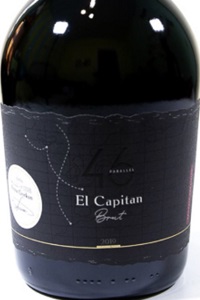 Wine Group 46° Parallel
Wine Group 46° Parallel
El Capitan Brut Nature Rosé 2019
91/100
Pinot Nero 100%. Metodo classico, rimane sui lieviti per 22 mesi. Rosa perla, brillante con perlage fitto e fine. Olfatto floreale con fragoline di bosco, frutta secca e foglie di tè. In bocca è preciso e fresco, dotato di sapidità e di un lungo finale.
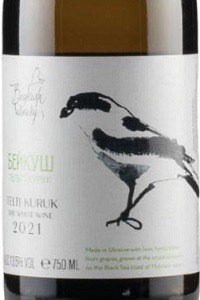 Beykush Winery
Beykush Winery
Telti-Kuruk 2021
92/100
Telti-Kuruk 100% (uva autoctona). Acciaio. Paglierino verdolino luminoso. Naso ricco di mentuccia, salvia, zafferano e gelsomino. In seconda battuta note di incenso. La bocca é sottile, agile e di deliziosa bevibilità.
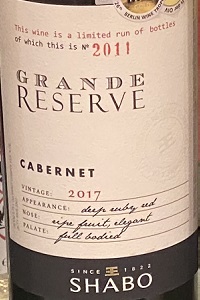 Shabo 1822
Shabo 1822
Grande Reserve Cabernet Sauvignon 2017
92/100
Cabernet Sauvignon 100% da viti di 20 anni. Matura 12 mesi in botti di quercia. Rubino granato vivo. Profumi di ribes, viola, liquirizia, accenni di maraschino e spezie dolci. All’assaggio è pieno e avvolgente, con tannini integrati e corpo di notevole peso.
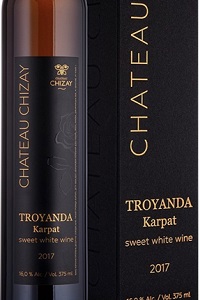 Château Chizay
Château Chizay
Troyanda Karpat 2017
91/100
Traminer Pink 100%. Matura 2 anni in botti di quercia, contiene 170 g/l di zuccheri. Oro intenso con riflessi ambrati. Leggermente speziato al naso, con accenni di curcuma, cannella, toffee e agrumi canditi. Sapore caldo, avvolgente, ben dosato con la dolcezza, mitigata dall’acidità. Di ottima persistenza.

 Italiano
Italiano








